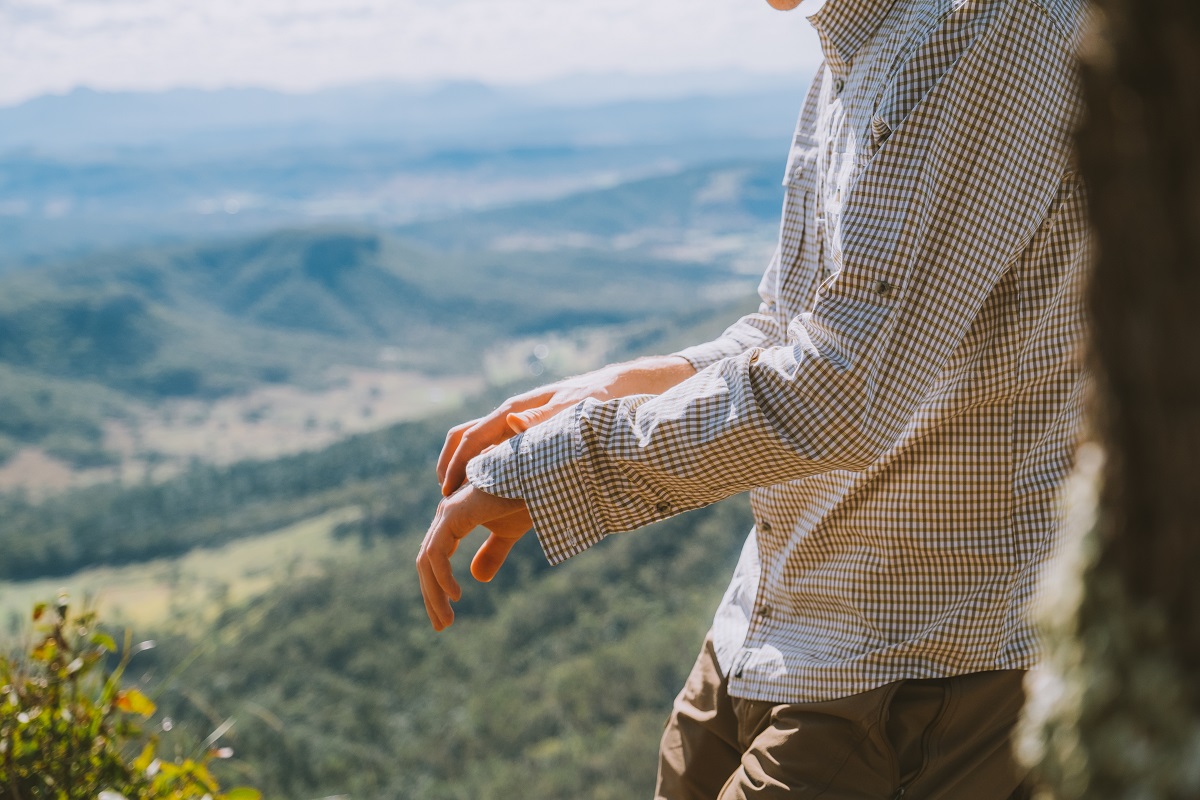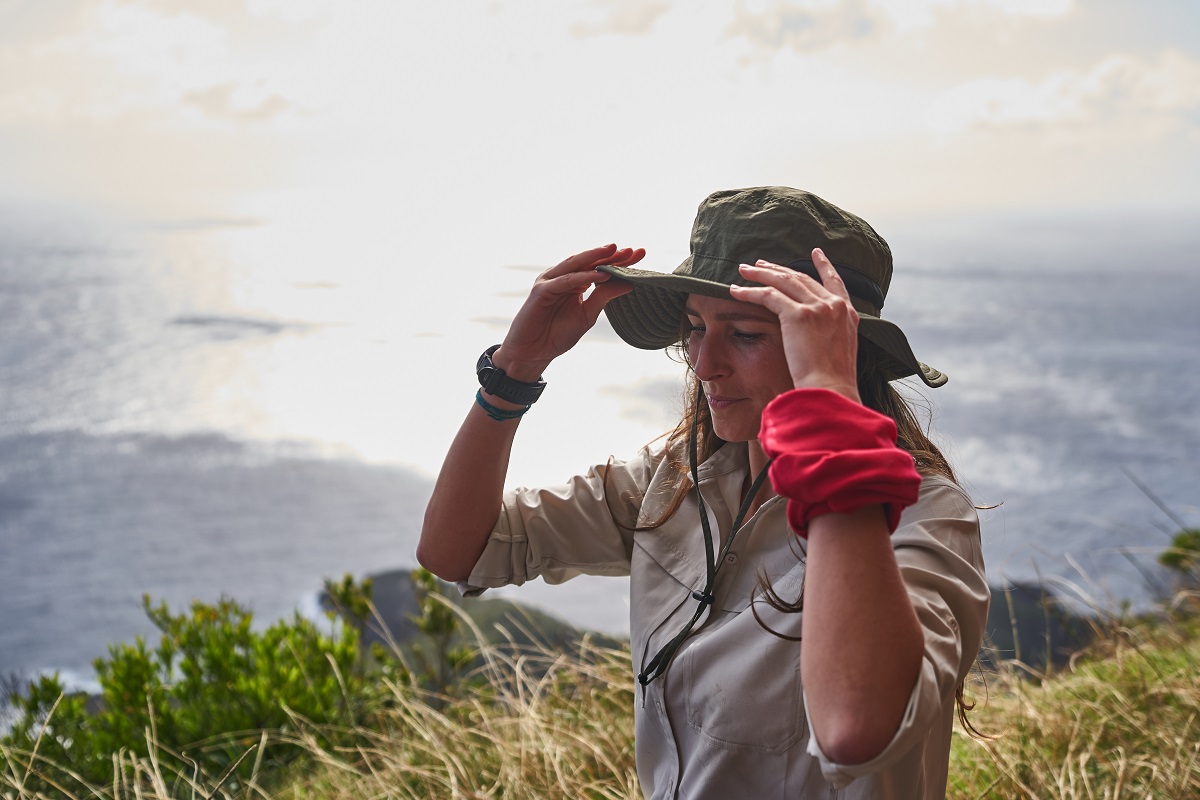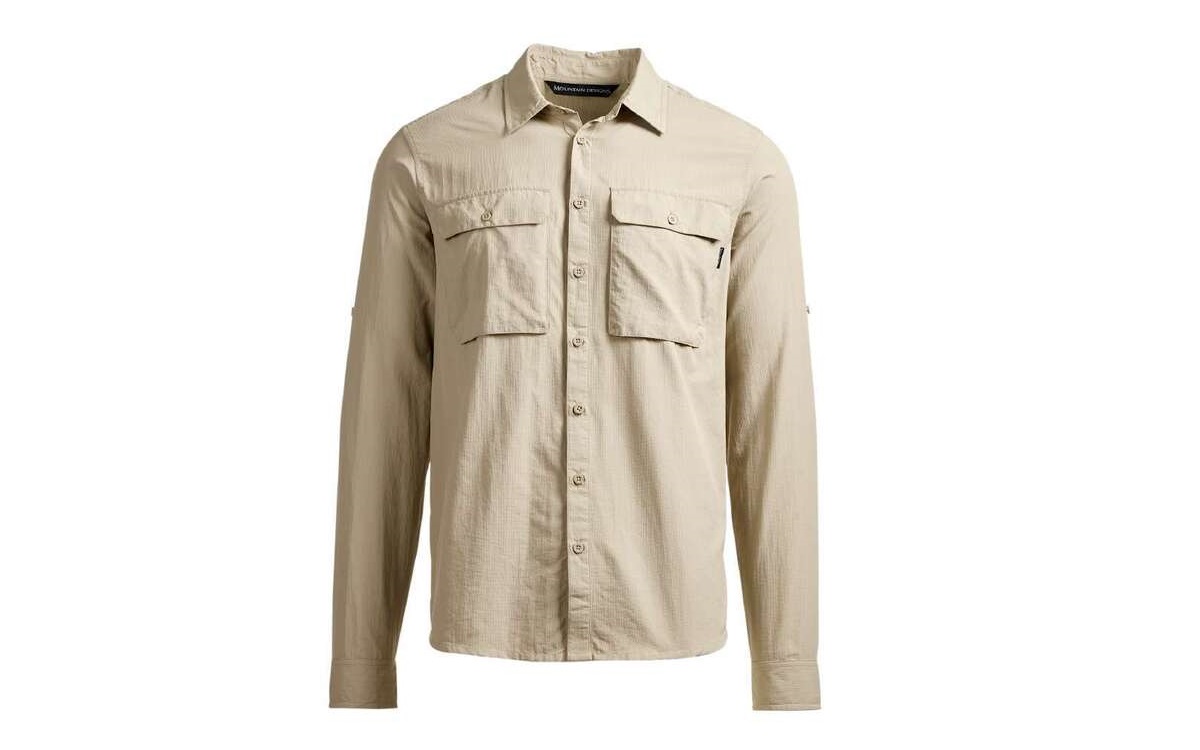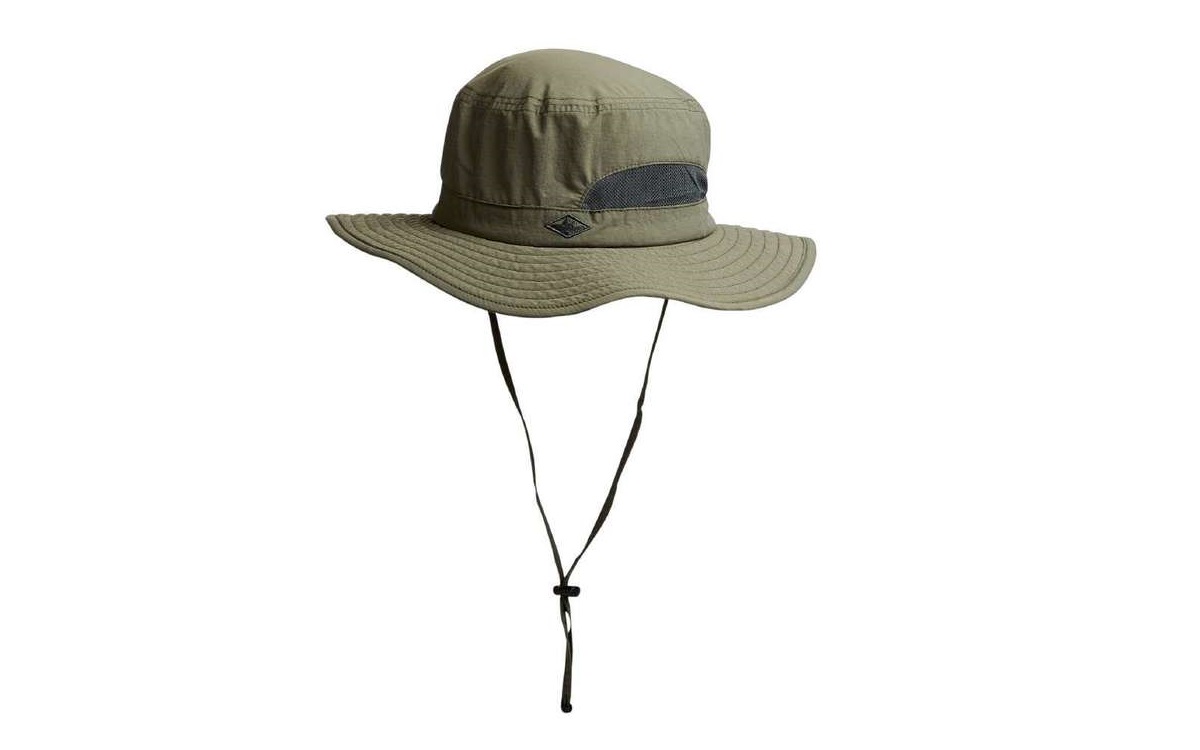| Your browser is not supported. | ||
|
Please browse our site using any of the following options:
| ||
How To - Understand UPF Ratings & Enhance Sun Protection

Intensive exposure to ultraviolet radiation (UV) rays can cause skin damage from sunburn to skin cancer. To avoid these effects when you're outdoors, you need to protect your skin. Clothing can help shield UV radiation, so to help you make sun-smart choices with your gear, we've compiled this quick info guide on understanding UPF ratings:
What is UV radiation?
The sun produces different types of energy - visible light (seen as sunlight), infrared radiation (felt as heat) and ultraviolet radiation (which we cannot see or feel). Ultraviolet radiation is commonly mistaken for infrared radiation, with many people associating high temperatures with high UV levels. This is incorrect, meaning UV radiation can be high even on cool and overcast days.
There are three types of UV radiation, categorised by wavelength: UVA, UVB and UVC.
- UVA can cause sunburn, DNA (cell) damage in the skin and skin cancer.
- UVB can cause skin damage and skin cancer. The ozone stops most UVB from reaching the earth's surface, about 15% is transmitted.
- UVC is the most dangerous type of UV. The ozone in the atmosphere absorbs all UVC and it does not reach the earth's surface.
For more information, visit the Cancer Council here.
Understanding UPF Ratings & Sun Protection
Everybody should know that wearing sunscreen while you're outdoors is essential. In addition to applying a lotion to your skin, you can also wear clothing that shields against UV radiation. This includes hats, sunglasses and of course, the actual shirts and pants you wear. But how effectively does your clothing block UV? The Ultraviolet Protection Factor (UPF) gives the answer.
Products that have been radiation tested according to the standards of the Australian Radiation Protection and Nuclear Safety Agency (ARPANSA) are awarded an UPF label. This label indicates what level of protection you can expect from the product even after two years of use.
Which labels are out there?
UPF Ratings | Classification |
15 | Minimum UV Protection |
30 | Good UV Protection |
50 & 50+ | Excellent UV Protection |
2017 edition of the AS/NZS 4399 standard
Look out for an UPF rating in the product specifications of our lightweight clothing range. We feature protection for UPF 30+ to UPF 50+.
Factors that affect UV protection
According to ARPANSA, the following factors can impact the effectiveness of your clothing's ability to block out UV radiation:
- Weave density. The tighter the weave, the less space between the strands for UV radiation to pass through.
- Construction of the fabric. The amount of open area in a fabric changes when tension is applied, reducing measured sun protection.
- Fabric thickness. The thicker the fabric, the more measured sun protection it offers.
- Tension. Stretching knitted fabric normally causes a decrease in the UPF rating as the spaces in the fabric open up.
- Colour. Typically, darker colours and higher dye concentrations absorb more UV radiation than lighter colours.
- Additives. Chemical compounds such as optical brightening agents and UV cutting agents can be added to fabrics to increase their UV radiation absorption (this is usually done as part of the manufacturing process or is added later as wash-in additives).
- Condition. Generally speaking, the more a garment gets washed and worn, the more the sun protection reduces.

The easiest and most effective ways to minimise exposure to UV radiation include wearing sunscreen, a quality wide-brimmed hat that covers your face and neck, and UPF-rated clothing.
Enhancing sun protection
Follow these 5 simple sun protection measures - as recommended by the Cancer Council - to reduce your chances of sunburn, skin damage and skin cancer:
- Slip on a shirt or any other UPF-rated clothing that covers as much of your skin as possible. Great options include long-sleeve shirts, long pants, wearing your collar up, and using wrist cuff extensions.
- Slop on some water resistant SPF30 (or higher) sunscreen, ideally 20 minutes before getting outside in the sun, and every two hours after that. Make sure you rub it on any areas of your skin that will get exposed to sunlight - don't forget the tops of your ears!
- Slap on a hat. For best protection, choose a wide-brimmed hat that covers your face, ears and head, or a legionnaire-style cape hat that covers your neck also.
- Slide on some sunglasses that meet Australian standards.
- Seek shade where possible to reduce your exposure to the sun.

